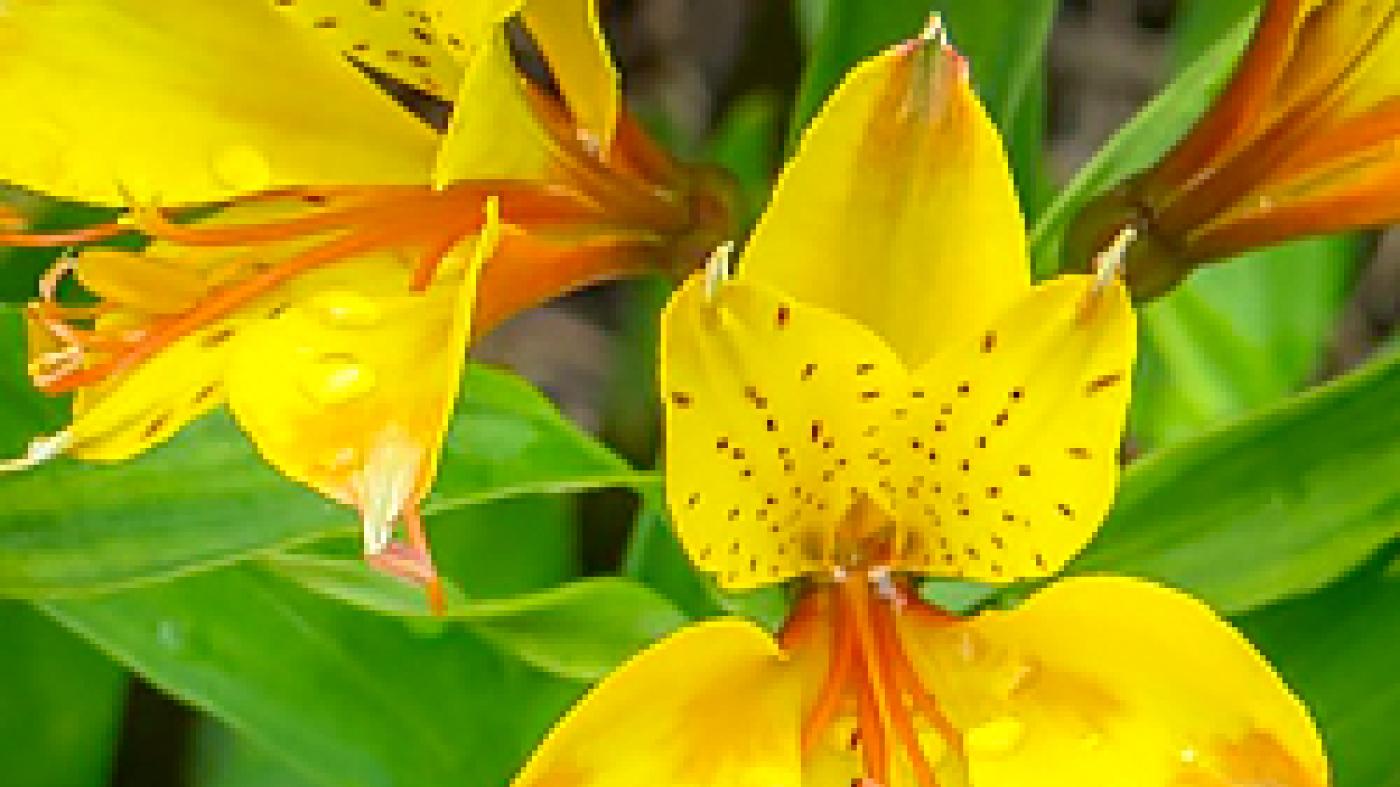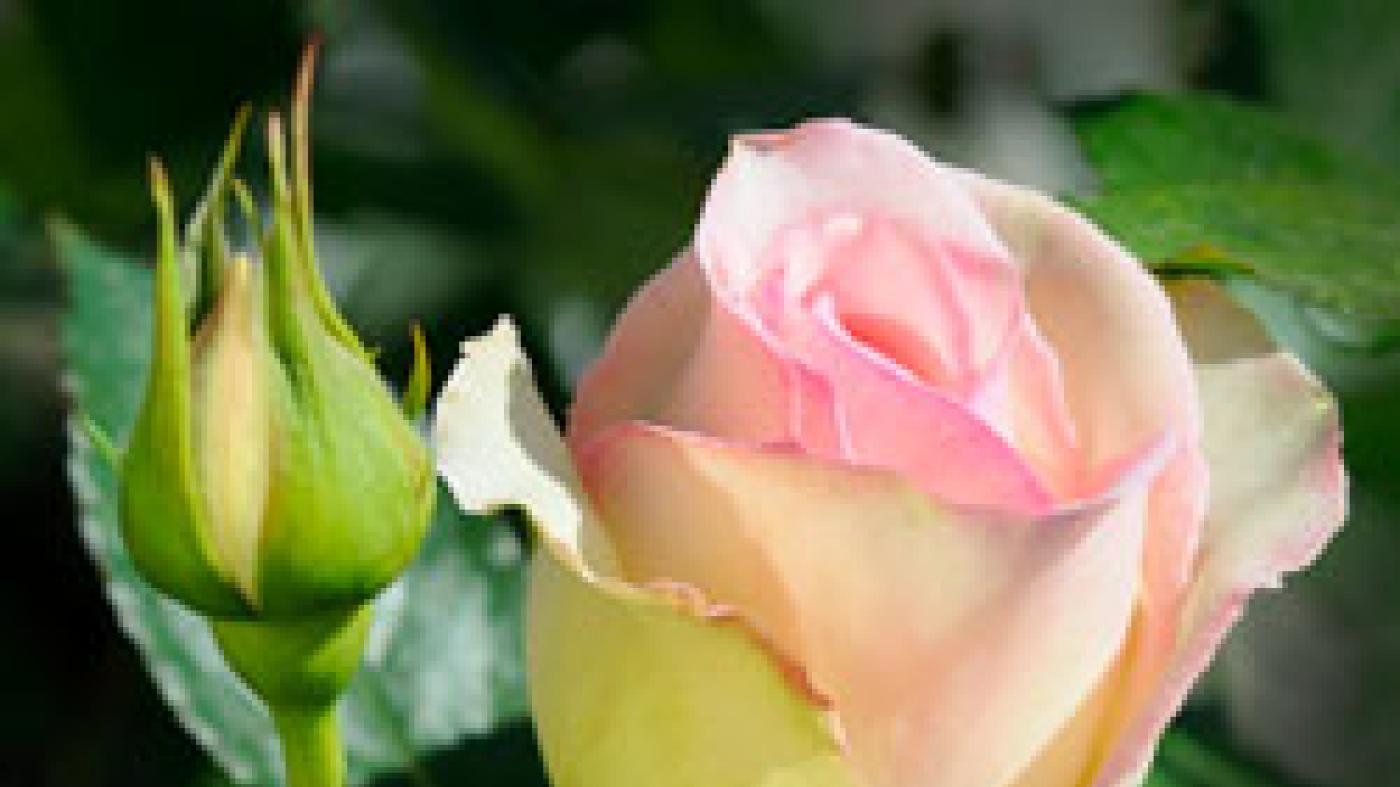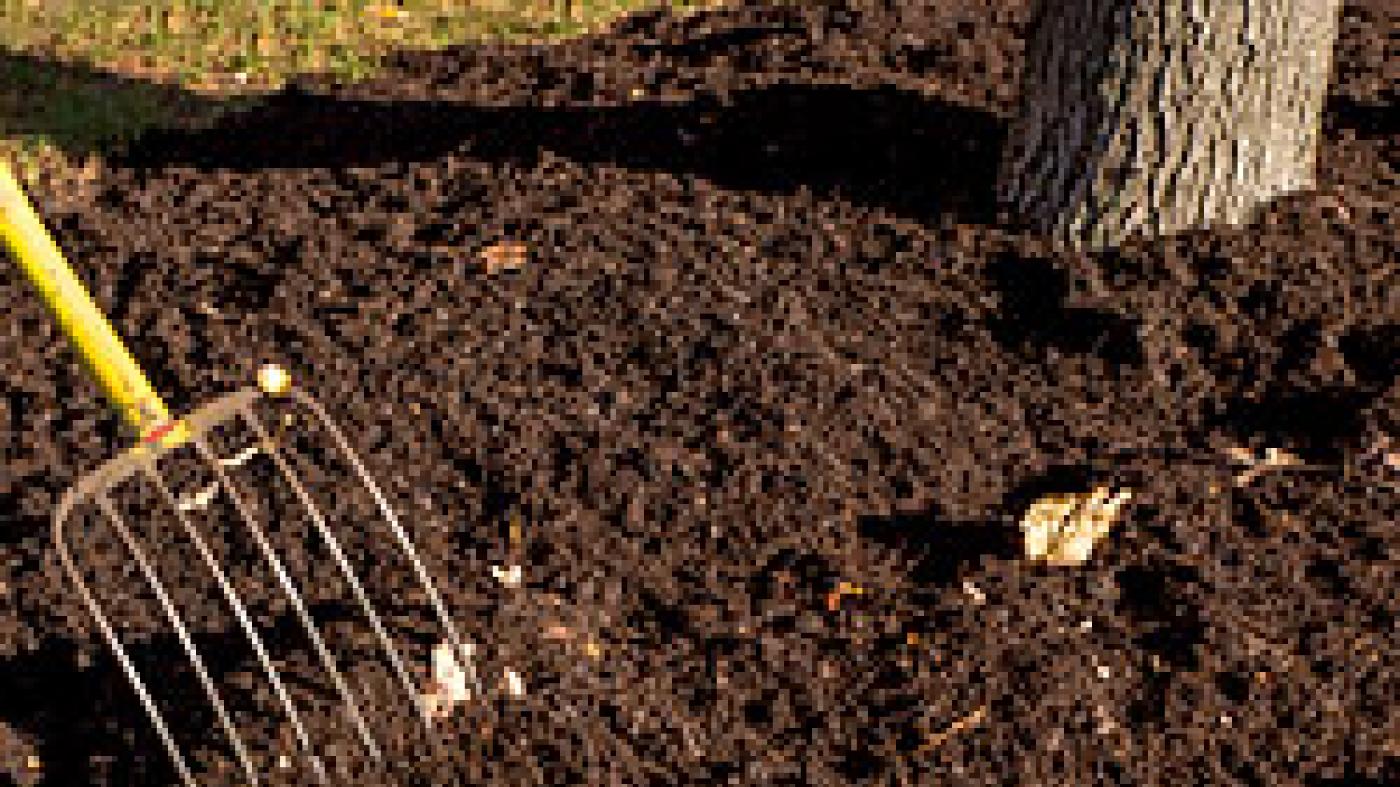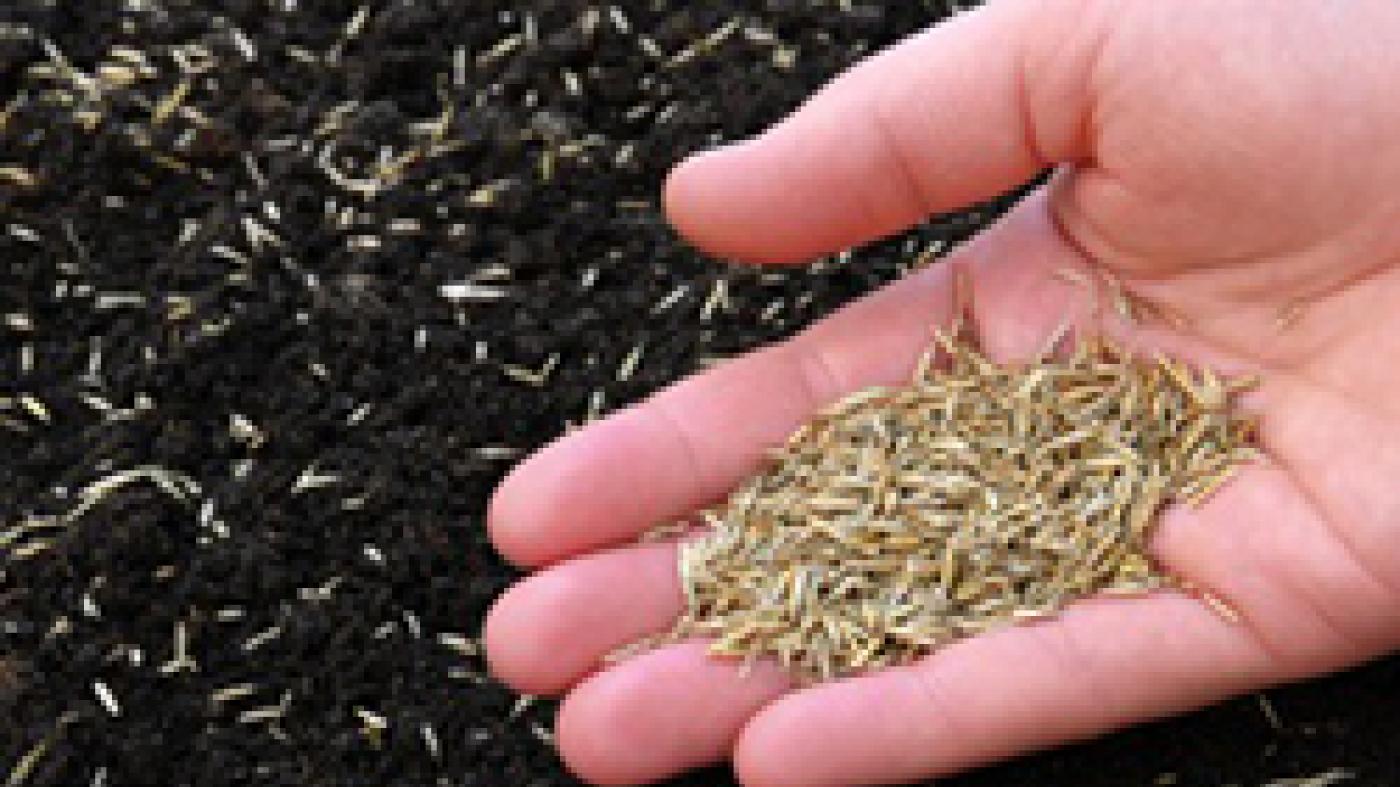
Landscaping

Shrub Considerations for Home Landscape
Q: What should we consider when choosing shrubs for our home landscape
A: The saying “right plant…right place” is essential to keep in mind when selecting shrubs. Many shrub problems can be traced back to choices made years before. Moreover, early planning is especially desirable now, due to high demand and supply disruptions arising from the COVID-19 pandemic.
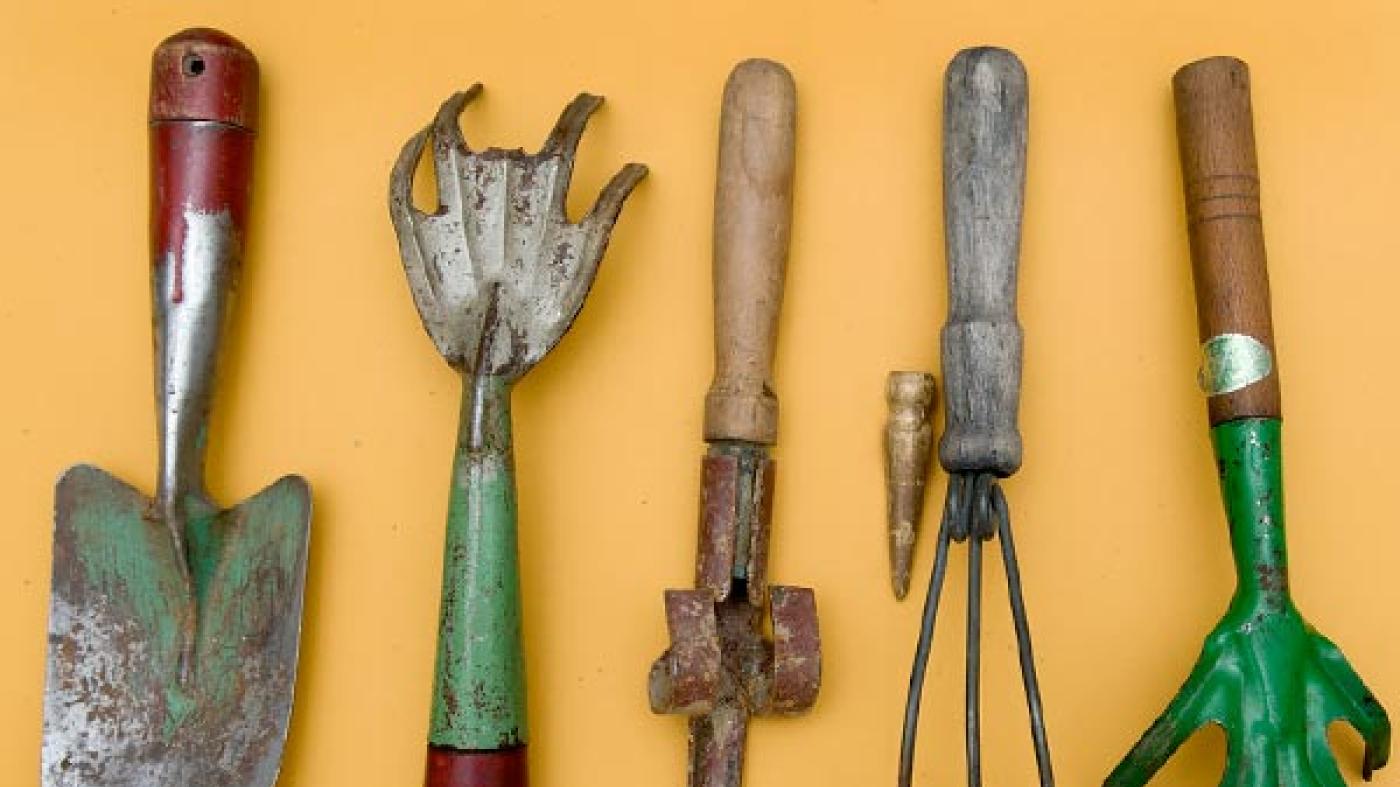
Preparing Tools for Winter
Q. What should I do to prepare my gardening tools for winter storage?
A. After raking the last leaf and tossing the final faded flower into the compost, one task remains before the home gardener can move inside to await the arrival of the first seed catalogs. Clean, maintain, and store the garden tools. Though little more glamorous than weeding, appropriate care ensures that your tools will be safe and ready to use come spring, and extends the useful life of what is often a significant monetary investment.
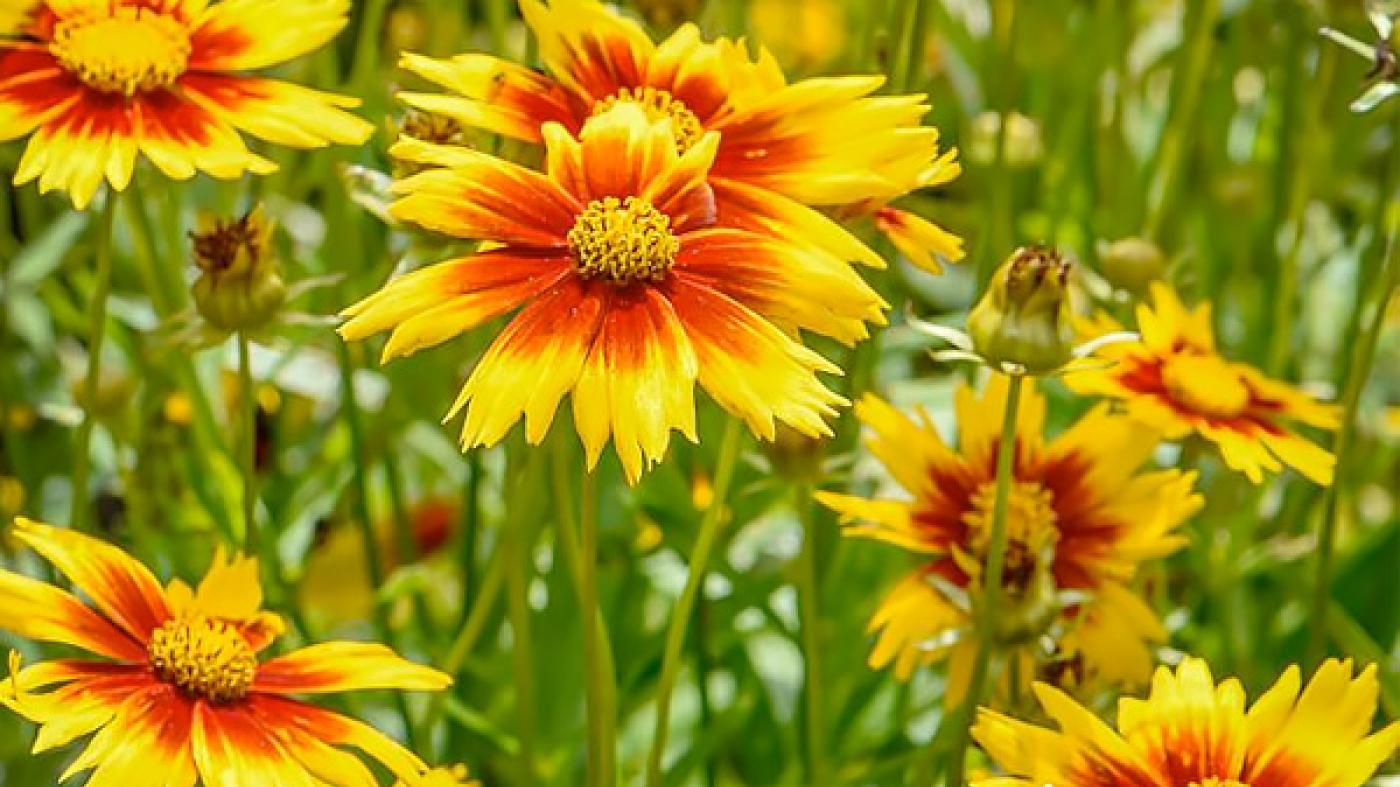
Spring Perennial Dividing
Q: As temperatures rise and my perennials are emerging, it appears that some of them are very crowded. Should I divide them now?
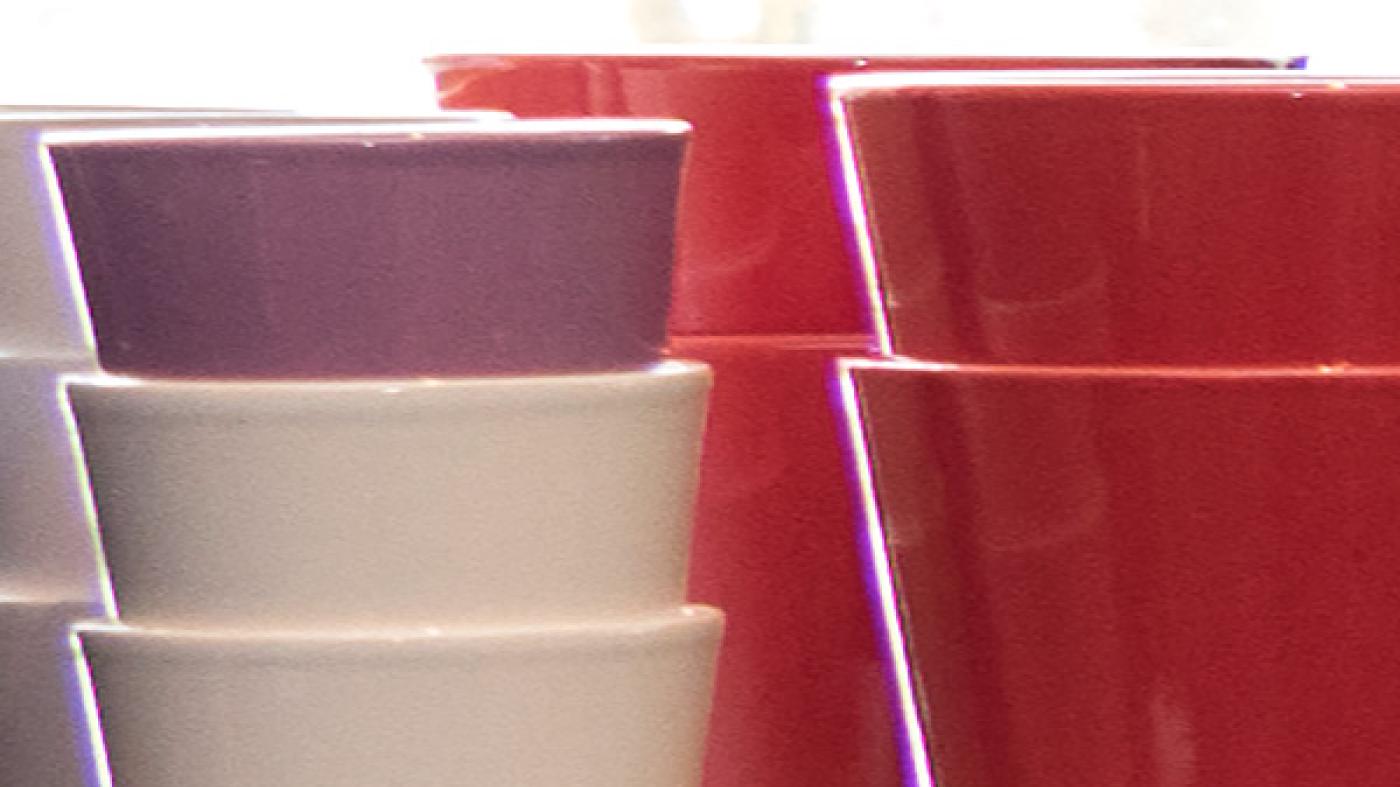
Drill a Drainage Hole
Q: I understand the importance of planting in pots with adequate drainage, but many of my pots don’t have holes. Every time I try to drill into the bottom of the pot, it cracks. How do I drill a drainage hole into a ceramic plant pot without cracking it?
A: The following process can be successful, but it is not guaranteed, and it is intended for adults with cordless drill competence.
Materials/Tools:

Winter Evergreen Discoloration
Q: I recently noticed that some of my evergreens have become discolored. Should I be concerned?
A: It is normal for the foliage of some evergreens, such as arborvitae (Thuja) and boxwood (Buxus), to change color in cold weather. The different color of the foliage in such species is not indicative of a pathogen or cultural disorder; it is a normal response to winter temperatures.
Species that are known to change color in cold weather include:

Aquatic Garden Preparation
Q. I have a small aquatic garden in my yard. How do I get it up and operating for summer?
A. Performing basic maintenance on your water feature as part of spring startup will enable it to be a source of enjoyment throughout the warm weather. Here are the basic steps.
• Once the marginal plants begin to grow, remove the pond cover and trim back any dead foliage.
• Verify that pumps and other electrical equipment are operating properly and repair as necessary.
• Service any filters according to their manufacturer’s instructions.

Salt Damage Protection
Q. I have evergreens planted near a street. How can I protect them from salt damage?
Prepare for Spring in the Fall
Q. Is there is anything I can do now in the garden to make next spring’s work easier?
A. Here are some general recommendations for tasks to do now to prepare for next spring:

Frost Heave
Q. I noticed roots showing around some of my perennials. Is this normal? Is there anything that I should do about it?

Lack of flowers on lilacs
Q. Why doesn’t my lilac bloom in the spring?
A. There are several possible reasons why your lilac fails to bloom. The most common cause is lack of adequate sunlight. Lilacs (Syringa) need to be planted in a location that receives at least six hours of strong, direct sun per day. They are very tolerant of different moisture conditions as long as they are planted in well-drained soil.
Landscape Designers
Q. Can you recommend a landscape designer?
A. While Plant Information Service does not recommend specific landscape designers, we maintain current lists of resources that provide various gardening services. Please contact Plant Information at (847) 835-0972 or Click here to show mail address for an updated list of service providers in your area.
Using Soaker Hoses
Q. I have recently installed a soaker hose system throughout my garden. How long do I let the water run in order to water adequately?
Rain Garden
Q. What is a rain garden?
A. A rain garden is a natural or constructed depression intended to mitigate stormwater. The plantings in a rain garden allow water to percolate into the soil, reducing runoff into storm sewers, reducing erosion, and protecting ground water quality. In addition to being attractive, a rain garden generally requires less maintenance than a lawn and provides valuable habitat for wildlife.
Recommended Landscapers
Q. Can you recommend a good landscaper?
A. While the Chicago Botanic Garden does not make specific recommendations, we do maintain a list of nurseries and landscapers in the greater Chicagoland area. Contact Plant Information Service and we will be happy to provide you with a list of landscapers.
Training clematis and akebia
Q. I am trying to train clematis and five-leaf akebia to climb trees. What are good supports to use that won't damage the vines?
A. Both clematis and five-leaf akebia (Akebia quinata) grow by wrapping their leaf stems around a support system. A fine mesh netting or fishing line wrapped around tree trunks will give the growing shoots something to curl around that won't damage their tender tissue. Metal or wire supports might sever or burn the plant. String fishing line loosely because, as trees grow, the line can cut and damage expanding woody tissue.


